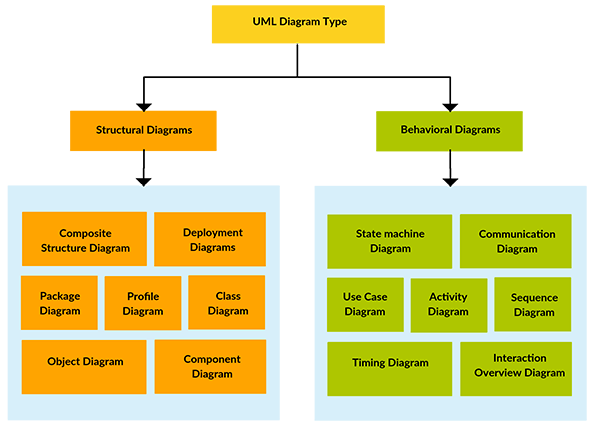UML specification defines two major kinds of UML diagram: structure diagrams and behavior diagrams.

Structure diagrams show the static structure of the system and its parts on different abstraction and implementation levels and how they are related to each other. The elements in a structure diagram represent the meaningful concepts of a system, and may include abstract, real world and implementation concepts.
In UML you design diagrams that can contain different elements of the software, for example, the most common is the one where you write the name of the class, its attributes and its methods. But it all depends of the diagram you use. In UML there are many different diagrams with different uses and elements that you can write.
Is not necessary to become an expert of UML because is not actually a must for learning actual coding, but is important to know about it because it helps in the design part of software. Creating an UML diagram is like drawing a sketch, is not that important and is unnecessary to put much effort on it, just with understanding the idea is enough.
There are many UML diagrams (13 to be exactly) so in the next section there are only the three most important.
Benefits of using UML:
- Improves development time
- Establishes concepts and executables
- Creates a modeling language used by humans and machines
- Improves support and control for project management
- High reuse and reduced costs
- Models systems using object oriented concepts

